Gravimetric Air Sampling
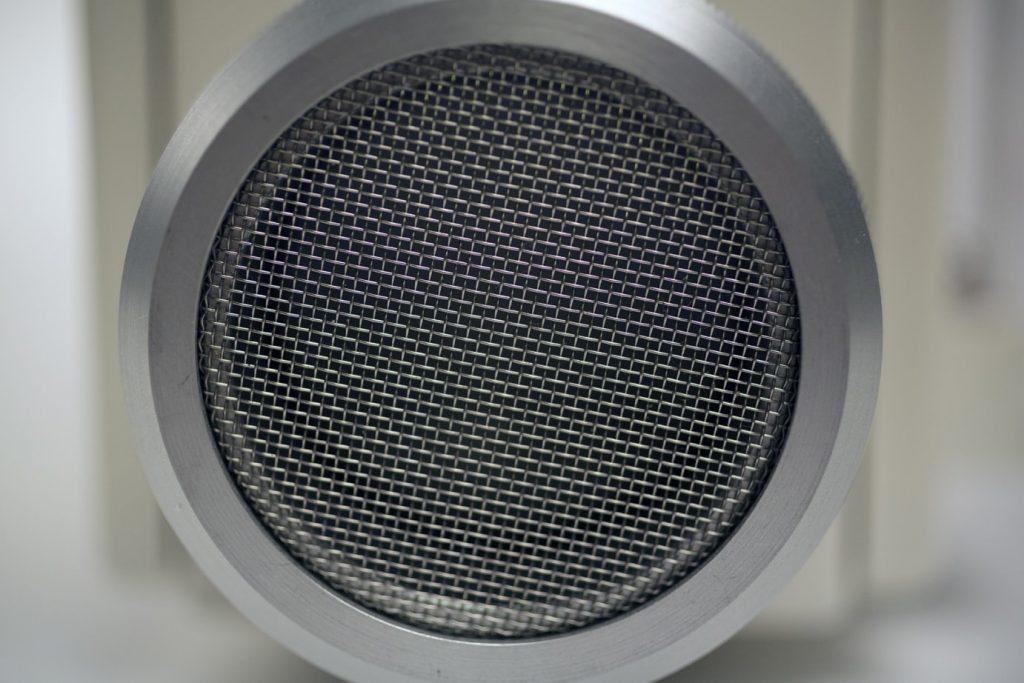
Air quality assessments help to quantitatively evaluate the fraction of harmful material in the air. In many industries, this may be a legal requirement to ensure standards are being met or to determine the effectiveness of control strategies.That’s why Air Quality Sensors / Air Quality Monitors are used Protect the environment Employers must take all […]
Tile Safety-10 Reasons Why Slip Resistance Matters

10 Reasons Why Slip Resistance Matters 1. Safety First Slips are an extremely common cause of injury and result in thousands of hospital admissions each year. Tiles that are wet, contaminated or poorly designed will increase the likelihood of an accident occurring. 2. Be Compliant There are various standards and guidelines which describe how to […]
Whose pollution anyway?
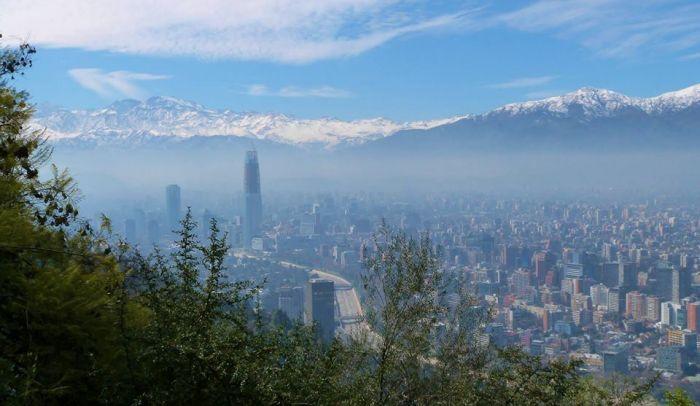
The weather impacts air quality. It comes as no surprise, then, that many of the world’s most polluted cities are awkwardly situated from climatic perspective. In Santiago, Chile, where air pollution regularly exceeds critical levels, scanty rain and low wind speeds prevent atmospheric mixing from taking place, causing a build-up of smog. The city’s striking […]
Weather Preparedness
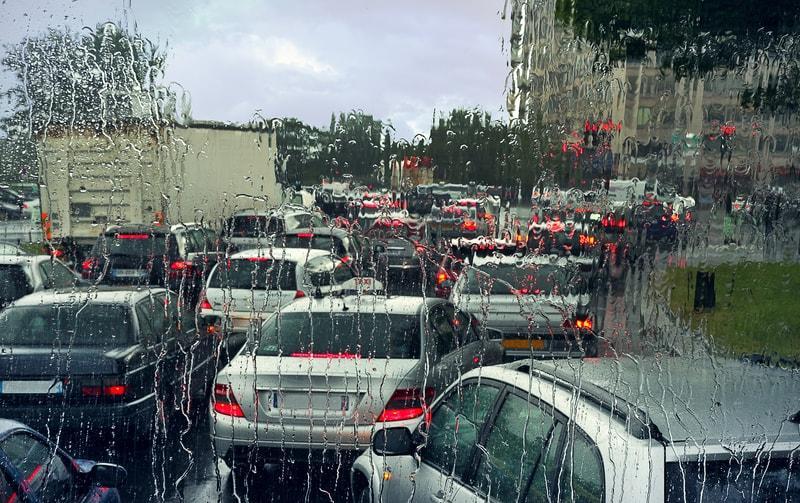
The naming of winter storms, introduced in 2015 as a communication aid, reminds us that the UK is by no means immune to the vagaries of the weather. The Met Office estimates that around £300 million is spent on repairing wind damage each year; in the case of flooding, that number is closer to a […]
Low Emission Zones

Poor air quality is known to be the most significant environmental cause of premature death in the EU. This disturbing fact also extends to many other countries around the world. Initiatives to combat this issue are therefore a priority for many governments. The implementation of a Low Emission Zone (LEZ) is one such initiative. LEZs aim to improve […]
Energy Security

No longer are renewables the sole preserve of the environmentally minded. Technological advances have improved efficiency and reduced costs, helping to restore faith in the clean energy market. For many, investment in this sector has proved extremely profitable. Countries and corporations are seeking new ways to innovate and rationalize without having to mine, frack or […]
Corporate Citizenship

Good businesses ensure that workers are happy and healthy – productivity depends on it. Low satisfaction, medical complaints and absenteeism affect employee performance and reduce output. Where legislation exists protecting workers’ health and well-being (as it does in much of the world), it should be viewed not as a minimum legal requirement but as a […]
Embassy Monitoring

For a little under a week Chai Jing’s Under the Dome eluded censors. The controversial documentary, which explores China’s air pollution crisis, amassed hundreds of millions of views across the country. Speaking directly to a Chinese audience, Chai Jing confronts some uncomfortable truths. She combines shocking imagery, statistical data and the touching story of her own daughter […]
Climate Resilience
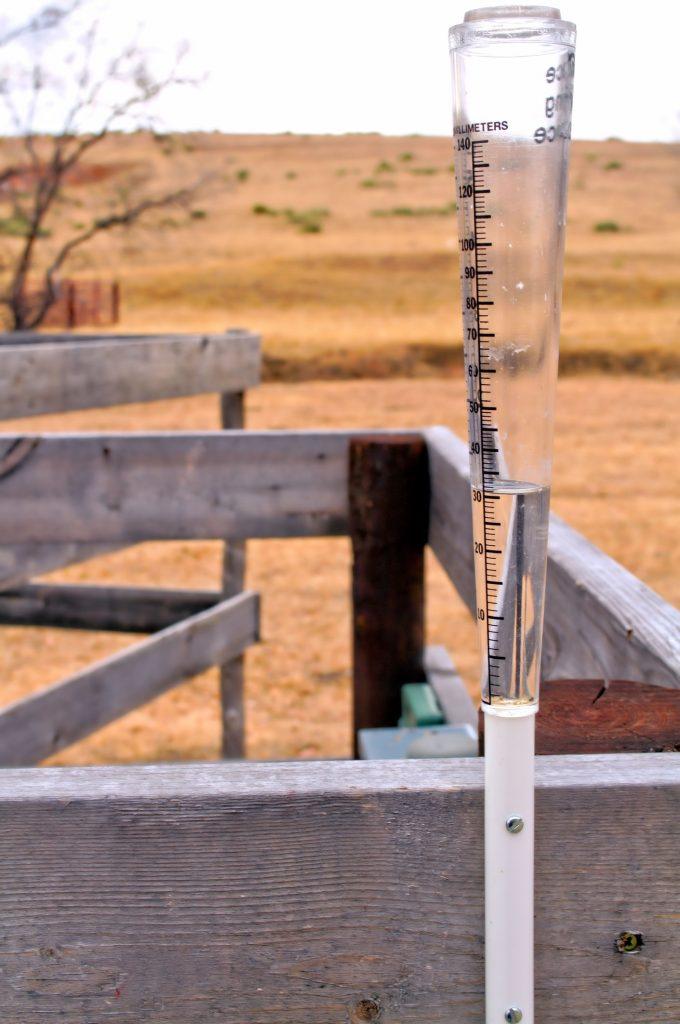
Gentle-sounding in name, Tropical Cyclone Pam was certainly not to be underestimated. As is so often the case, the weather’s random acts of terror hit the most vulnerable hardest. In 2015 Vanuatu crumpled under Pam’s weight: crops were uprooted, livestock killed, and buildings flattened. She serves as yet another reminder of how fierce and unpredictable […]
Wind Damage
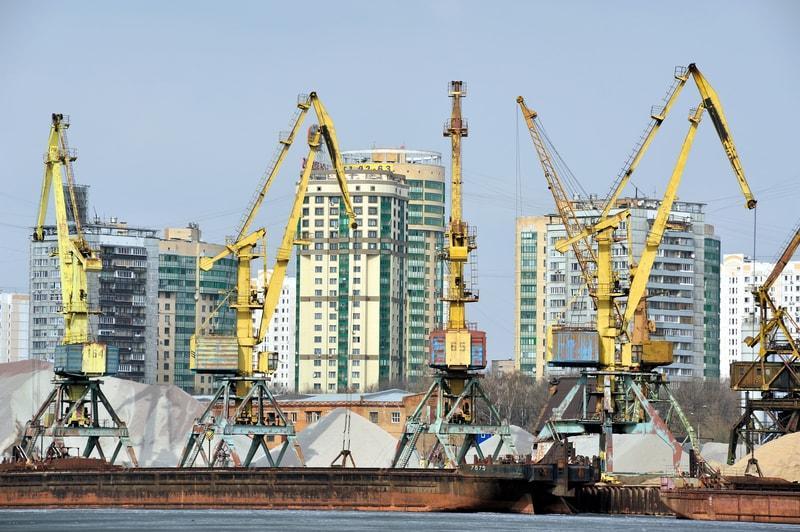
Severe weather is having a devastating effect on ports and harbours around the world. Storm Yohan in Lebanon, to name a recent example, has forced multiple facilities to close. With wind speeds of up to 100 km/h, boats and machinery have been damaged, maritime transport cancelled and fisherman left unable to work. The effect of high wind […]



